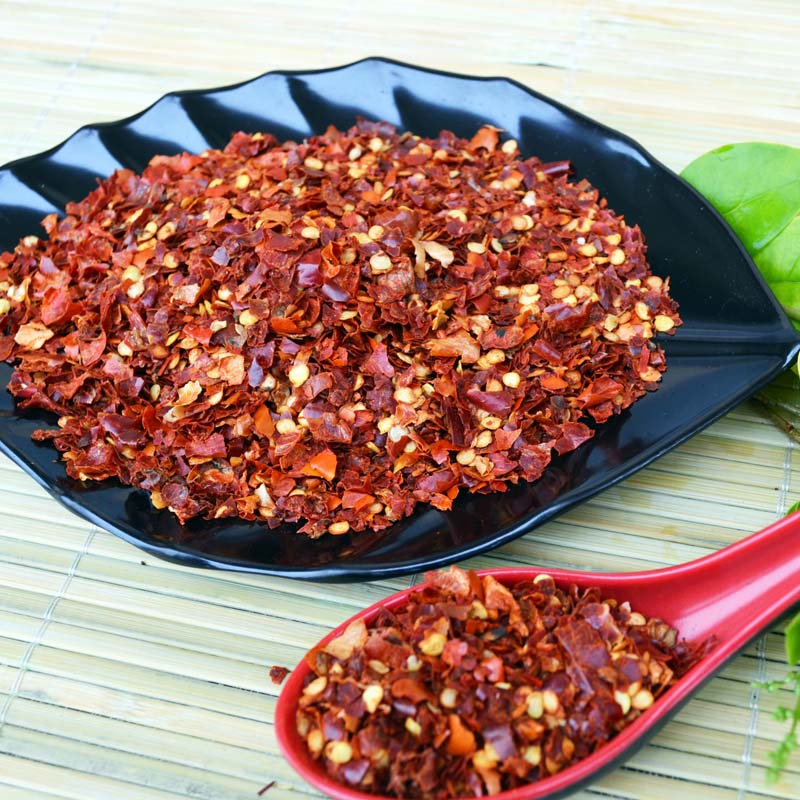- No. 268 Xianghe Street, Economic Development Zone of Xingtai city, Hebei 054001 China
- Byron@hbhongri.cn
Exploring the Flavorful World of Spicy Dried Peppers in Chinese Cuisine and Recipes
The Fiery Allure of China’s Dried Spicy Peppers
Dried spicy peppers are an essential ingredient in Chinese cuisine, embodying the rich culinary heritage and diverse flavor profiles characteristic of the country's vast regional specialties. Known for their intense heat and smoky undertones, these peppers not only add spice but also depth and complexity to a wide array of dishes. From the bustling markets to home kitchens, dried spicy peppers play a significant role in enhancing the taste and authenticity of Chinese food.
A Variety of Flavors
China is home to numerous varieties of dried peppers, each with its unique taste, heat level, and culinary application. One of the most popular types is the Sichuan pepper, which is not a true chili pepper but rather the dried husk of the prickly ash tree. It provides a distinctive numbing heat, often described as a tingling sensation on the tongue, making it a hallmark of Sichuan cuisine. Dishes like Kung Pao Chicken and Mapo Tofu are renowned for their bold flavors, largely due to the inclusion of these aromatic and spicy ingredients.
Another notable variety is the Tian Jiao, or heavenly pepper, which is a traditional chili used primarily in Sichuan, Hunan, and other southwestern provinces. Known for its vibrant red color and potent heat, the Tian Jiao adds a fiery kick to many dishes, from stir-fries to braises. The use of dried chilies in these regions reflects the local palate’s preference for bold, spicy flavors.
Culinary Techniques
The way dried spicy peppers are used in cooking can significantly impact the dish's overall flavor. Chefs often rehydrate the peppers before use, softening their intense heat and allowing for more nuanced flavors to emerge. They can be ground into powder to create chili flakes or paste, forming the base of many sauces and marinades. Stir-frying the peppers in oil is a common technique that releases their natural oils and infuses the dish with a deep, rich flavor.
china dried spicy peppers

In addition to their role in main dishes, dried spicy peppers are also used to make infused oils, which serve as a condiment or dipping sauce. The vibrant red hue of chili oil is a staple in many Chinese households, offering a burst of flavor to everything from dumplings to noodles.
Health Benefits
Beyond their culinary appeal, dried spicy peppers also come with potential health benefits. Rich in vitamins A and C, as well as antioxidants, these peppers can boost the immune system and promote healthy circulation. Capsaicin, the compound responsible for the heat in chili peppers, has been studied for its anti-inflammatory properties and its potential to aid in weight management by enhancing metabolism.
Cultural Significance
Dried spicy peppers hold a special cultural significance in China. They are often seen as a symbol of warmth and hospitality, with spicy dishes traditionally served during gatherings and celebrations. The use of these vibrant peppers in cooking showcases the regional identity and agricultural bounty of China, reflecting the diversity of its landscapes, climates, and cultures.
Conclusion
The vibrant world of dried spicy peppers in Chinese cuisine is a testament to the country’s rich culinary traditions and the integral role of flavor in its culture. From their various heat levels to their versatile applications in countless dishes, these peppers are more than just a spice—they are a crucial component of a gastronomic experience that continues to evolve while honoring its historical roots. Their fiery allure captivates the palates of many around the world, making them a staple in kitchens both in China and beyond. Whether enjoyed in a traditional stir-fry or as a fiery condiment, dried spicy peppers are undoubtedly a key ingredient in the flavorful tapestry of Chinese cooking.
-
Turmeric Rhizome Powder: A Golden Treasure from Roots to TableNewsJul.28,2025
-
The Versatile Application Of Crushed Red Hot Peppers: Lighting Up The Red Flames On The Dining TableNewsJul.28,2025
-
The Paprika: A Touch Of Vibrant Red In Color, Flavor, And CultureNewsJul.28,2025
-
Ground Turmeric: A Modern Examination of an Ancient SpiceNewsJul.28,2025
-
Capsicum Liquid Extract: Features, Applications, and ChallengesNewsJul.28,2025
-
Application of Capsicum Liquid Extract in FoodNewsJul.28,2025







